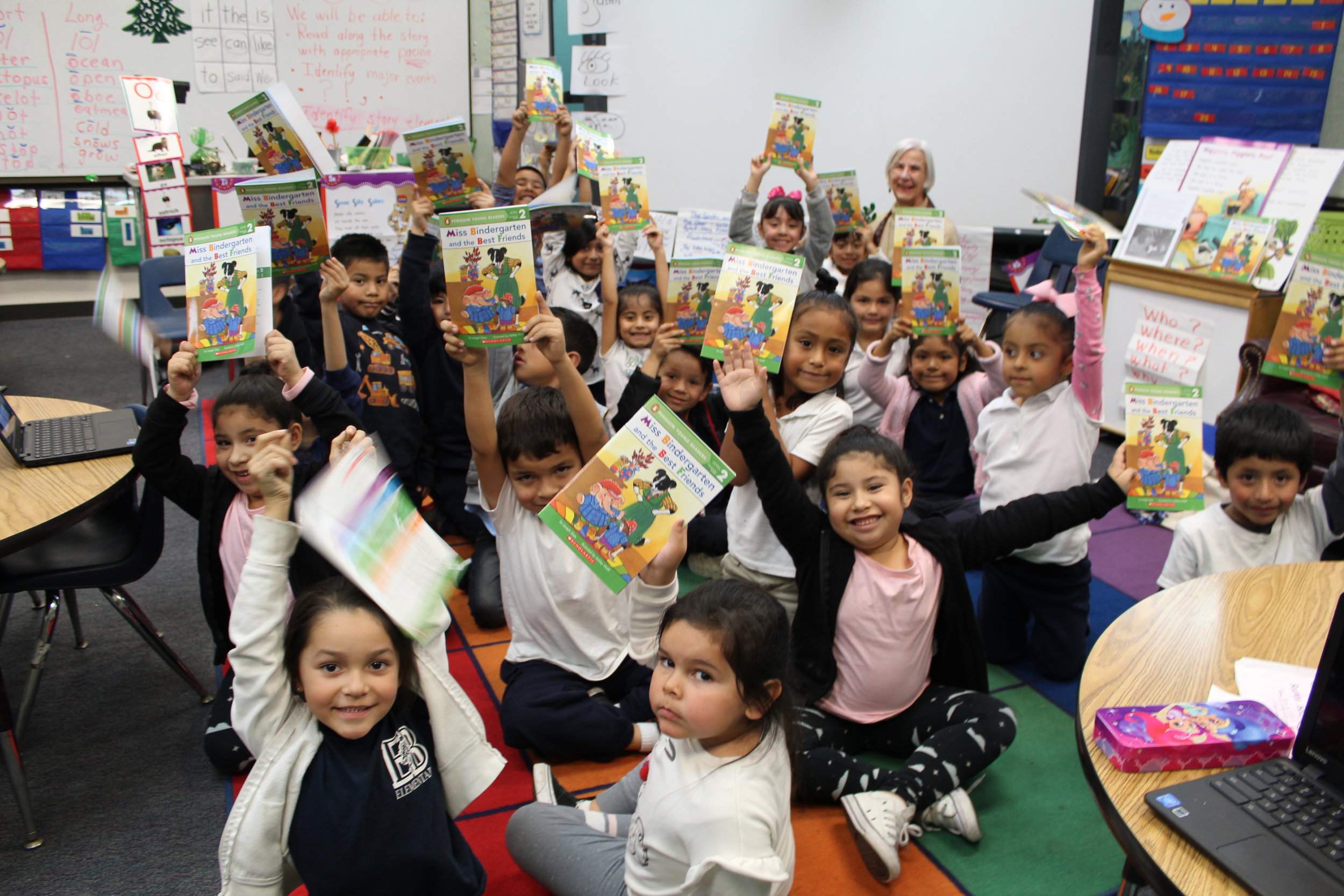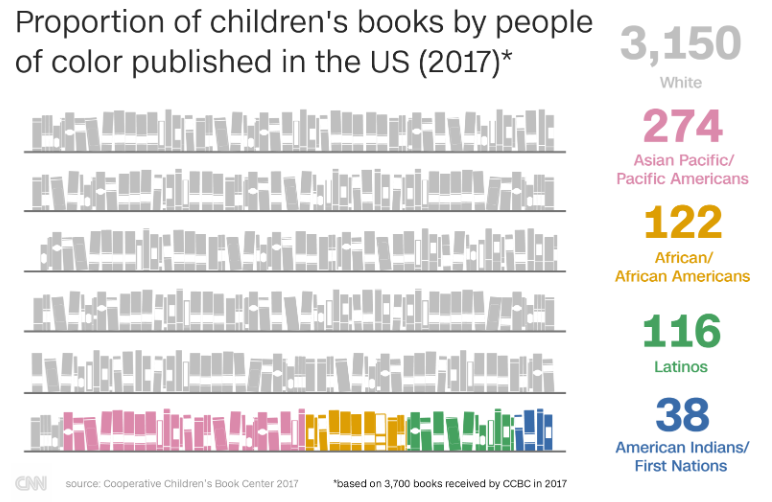Through Words Alive’s response to COVID-19, “Book Connect Us,” we are sharing best practices from our 20+ year history to help children, teens, and families use the love of reading to navigate this turbulent time. Here are a few highlights from the past few days.
Mark Oshiro and Matt de La Peña Take Over #BooksConnectUs!
Words Alive is very excited to host authors Mark Oshiro and Matt de La Peña on #BooksConnectUs! This week Mark Oshiro desgined an exclusive writing lesson for our QuaranTEENS, check it out here.
Next Wednesday, April 29th, Matt de La Peña will be taking over Story Station on Facebook live with a reading of his book Love! After the reading make sure to check out the Story Station and QuaranTEENS pages for activities tying into the book!
Words Alive Celebrates Volunteer Appreciation Week!
This week is National Volunteer Week and we want to thank our volunteers for all of the passion, hard work, and dedication they bring to Words Alive!
We shared special thank you messages from our staff this week on social media. To hear our thanks, click here!
Read Aloud and Distance Learning!
Did you know more than 110 classrooms of children are virtually participating in our Read Aloud Program while at home? Words Alive wants to extend a very special thank you to one of our volunteers who partnered with Warwick’s in La Jolla and Run For Cover in Ocean Beach to donate books to kids in our program! The books will be sent directly to students’ homes to help build their home libraries and allow them to follow along with our Read Aloud content.
Are you interested in sponsoring our Read Aloud classes and helping children build their home libraries? We’ve got you covered! Email Robyn to get started.
Upcoming (Virtual) Events:
Join us for Story Station every weekday afternoon (2 pm PT on Facebook Live):
4/27: Rubia and the Three Osos by Susan Middleton Elya
4/28: The Big Umbrella by Amy June Bates
4/29: Love read by author Matt de La Peña
4/30: Amelia & Elenor Go For A Ride by Pam Munoz Ryan
5/1: ¡Un día una señora se tragó unos libros! por Lucille Colandro
(Recordings are available on our Facebook page after the reading.)
Trending on #QuaranTEENS:
Top stories and activities trending this week on #QuaranTEENS:
1. Turn an Idea Into A Story by author Mark Oshiro

























